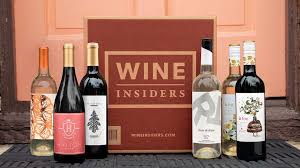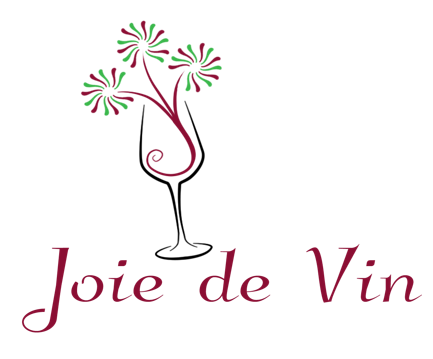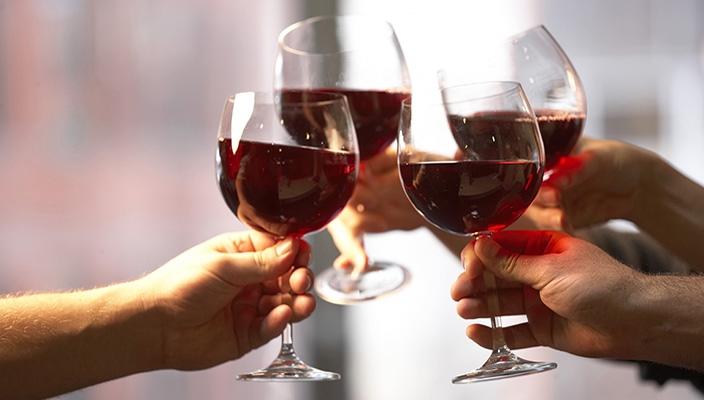Have you wondered about how buying wine in the US works? After the repeal of Prohibition, the government set up a three-tier system for distributing alcoholic beverages.
What are the Tiers for Buying Wine?
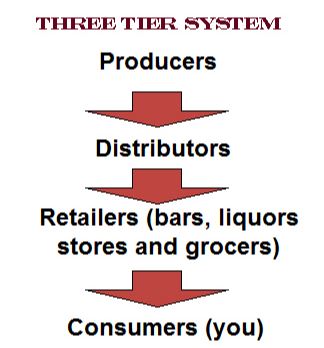
The three tiers are:
- Producers (wine makers, distillers, and importers) who can sell their products only to wholesale distributors
- Distributors who sell to retailers
- Retailers who sell to consumers. Retailers can be anything from local independent wine shops, grocery stores, restaurants, and bars. They are the only ones who can sell wine to consumers.
No one entity can be involved in more than one tier under most state models. The US Alcohol and Tobacco Tax and Trade Bureau (TTB) regulates and licenses them
In 1933, the 18th Amendment (aka ‘PROHIBITION’) was repealed by the 21st Amendment.
Section 2 of the 21st Amendment specifies that the power to control alcohol resides with the states. This left each state to decide when and how to repeal Prohibition.


Some states chose to become alcoholic beverage control. In these states, part or all of the distribution tier, and sometimes also the retailing tier, are operated by the state government itself (or by contractors operating under its authority) rather than by independent private entities.
After Prohibition, the states began to seek methods to regulate and control the alcohol industry. The states were also eager to devise a method to collect taxes on alcohol production and sales. Both concerns led to each state to create an environment in which single ownership of all three tiers (production, distribution and retail) was entirely or partly prohibited.
3 Tiers of Price Mark-ups
At each tier, companies apply a percentage markup to the price of a bottle to remain profitable. Distributors generally double the price they pay for a bottle, while retailers add a further 150 percent to the price. In other words, if a winery sells a bottle for $5, distributors sell the same bottle for $10, and retailers for $15.
When it comes to restaurants, the markup is significantly higher. The general rule for by-the-glass sales, is that the price of the glass is equal to whatever amount the restaurant paid for the entire bottle. The markup is less intense for bottle sales and ranges from two to five times the price paid to the distributor.
The New Tiers
Direct-to-consumer (DTC) sales and online wine retailers are two hot topics currently threatening the foundations of the three-tier system. In most states, it is now legal for consumers to buy wine directly from wineries, provided that the purchase doesn’t breach interstate shipping laws.
Online retailers, on the other hand, do not enjoy the same freedoms as wineries when it comes to shipping wine across state lines.
Nevertheless, many options exist for buying wine online. From subscription wine clubs, to “flash” sale sites (our personal favorite is WTSO), each model of online wine sales has its own established methods of exploiting loopholes in state law, ensuring they don’t break three-tier legislation. Still, selling wine online remains extremely complex.
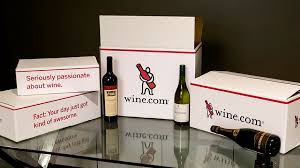
Buying Wine Directly from the Winery
Many of the industry behemoths (Total Wine & More, ABC Fine Wines, Costco, Grocery Outlet) have now created a new way to buy wholesale wine within the three-tier system.
These retailers have started using the Winery-Direct Model. In this model, the retailer sources the types of wine that sell best to their specific customers. The retailer then places their orders directly with those wine producers. For compliance purposes, an in-state distributor takes title of the purchase order to clear the wine into the state. Then, the distributor transfers the wine over to the retailer.
The Winery-Direct Model is growing fast because it gives control back to the retailer. Retailers can access and purchase the exact wines that fit their customers’ needs and aren’t limited by the offerings of their distributors.
Retailers also save a tremendous amount of money. By only using distributors for clearing and compliance, the distributor margin is slimmed significantly. Winery direct enables retailers to earn higher margins and generate more profit.
Perhaps the biggest reason why more and more retailers are adopting the Winery-Direct Model is for competitive advantage. By sourcing new producers, retailers sell unique wines that their competitors can’t directly price compete with and wines that their customers can’t find anywhere else.
Learn more about navigating the liquor store and buying wine in our class on Wine in the Liquor Store.
